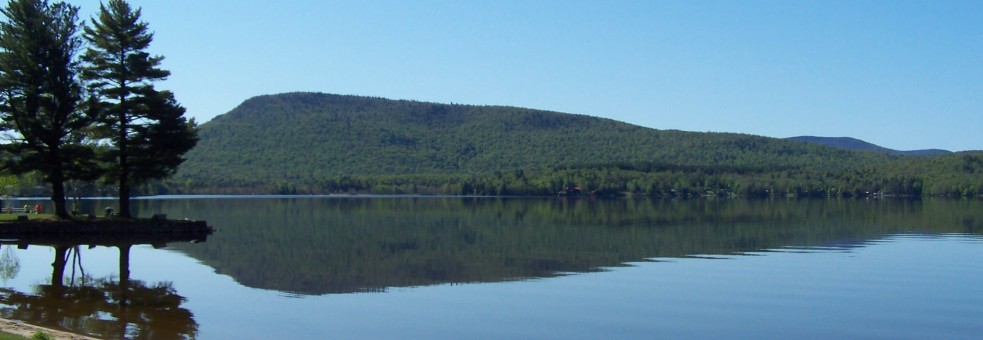My daughters played in the woods behind our house in the Adirondacks, unsupervised, from about the age of five. They were always within shrieking distance – even when perfectly happy, little girls scream as if they are being tortured. Pretending they were rabbits out-smarting coyotes or building forts out of brush, my children played outdoors with the same intensity that my friends and I played outdoors when we were young.
Apparently this kind of play is not the norm now. Some educators and health professionals (most notably Richard Louv, Last Child in the Woods ) attribute childhood obesity, attention deficit disorders and depression to a lack of unstructured playtime in green spaces. I mention "unstructured," because being able to pretend whatever a kid wants, discovering things on his or her own and getting dirty without apology are important components of childhood. Otherwise parents might believe that soccer practice or Little League participation qualifies as nature time (playing fields are green, after all).
Children don't have a monopoly on the phenomenon known as "nature deficit disorder." Adults suffer from it, too, and studies have shown that just looking at a natural landscape can relieve stress.
Sure, there are days when only a margarita and a box of chocolates will cure what ails me, but most days, a walk in the woods really does work better.

Comments
Absolutely true! Children
Absolutely true! Children these days can run most computer systems but don't know a deciduous tree from a coniferous one! So glad I grew up in the woods. My therapy is a walk through the woods with some red wine in a Nalgene bottle.